Musings
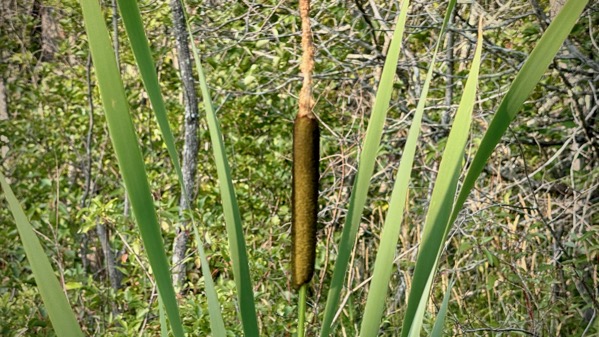
I didn’t see much in the way of wildlife today. I did see two garter snakes. Also, multiple flickers. And the usual deer, plus geese on the lake. I heard night-time loon calls and multiple sandhill cranes above.
Posted at 9:18 PM |
Comments Off on Critter rundown
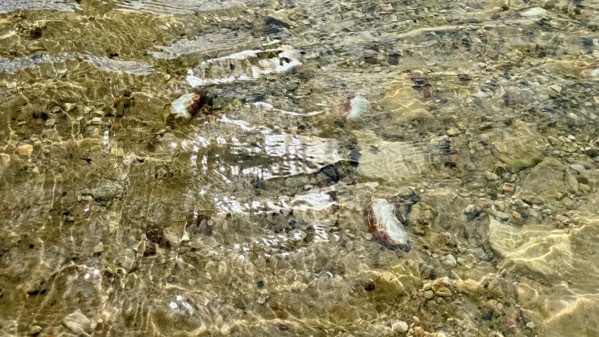
Oh, and another fatality in the lake in the food web shifts accompanying the zebra mussel infestation—no live clams, only clam shells. The mussels cluster on the clams, and pfft, the clams don’t survive.
Posted at 9:56 PM |
Comments Off on Three shells

This is a late post because the server was down when I began to write. Happily, it’s up Saturday morning.
Yesterday we saw a doe with a wee spotted fawn, no more than a very few days old. We spotted them walking down the mowed lane between trees in the orchard. She stopped to browse and for Little One to nurse. Soon, she moved on, and stepped into the tall grass, far taller than LO. LO preferred to stay in the mowed lane. Drama ensued. Eventually, she enticed LO into the tall grass with another feeding opportunity. Then, the doe moved on, and…repeat.
Posted at 10:22 PM |
Comments Off on Parental maneuvering

Two nature stories today. One: owl above. Just watching.
Also, I gently transported four ladybugs from our bathroom to the outdoors. I was surprised that they each flew off in the same direction, although they were released separately. It wasn’t toward the sun. Was there enough of a breeze that they felt and I didn’t?
Posted at 9:38 PM |
Comments Off on Not flying; flying
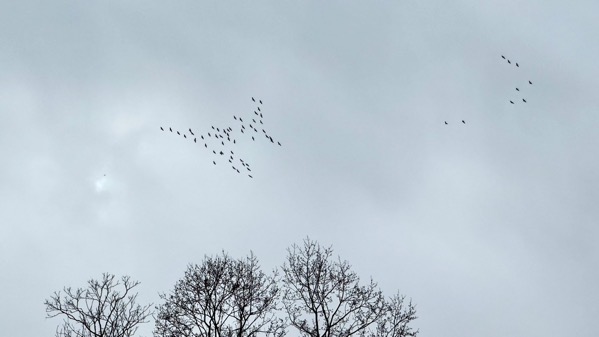
This is definitely the story of the day. I heard sandhills above, and I looked and there they were! Last week, I heard, but never spotted them. It was a bit of a let-down to not see them. Today was much better.

Also, here’re some earthbound beauties.
Posted at 7:00 PM |
1 Comment »

I spotted this squirrel when he/she was in a much better pose, but by the time I got in photographer mode, this was the offering. You can tell it’s a squirrel, not much more.
No story here.
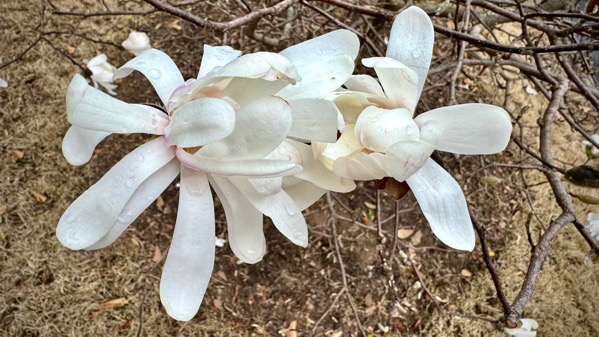
Instead, I’m offering a deciduous magnolia bloom. A version of the usual…. No story here, either.
Posted at 8:52 PM |
Comments Off on I’m story-less
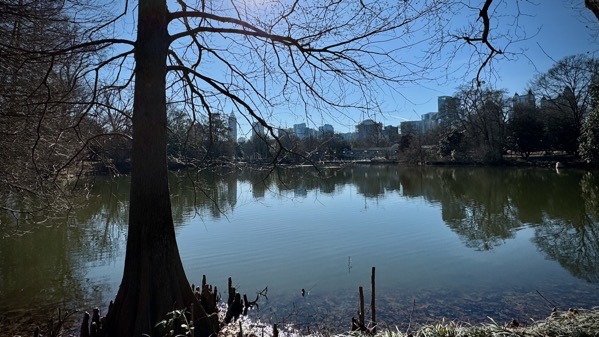
Workmen were noisy right next door, so we went to the park to sit in the sun and enjoy MaNachur…

…and a great blue heron, lots of ducks and geese, and even some turtles.
Posted at 8:37 PM |
Comments Off on Cypress knees and more

I’m calling this The Perch…beloved by the odd squirrel and bird. Not that this squirrel is odd…just squirrelly. Probably Mama Squirrelly.
Posted at 7:48 PM |
Comments Off on I’m being watched

We took a stroll around Piedmont Park to enjoy the afternoon sunshine, and found not one but two great blue herons. This is the second one. We’ve never spotted two here before (they weren’t together). Whee! We also saw many Muscovy ducks and no mallards or Canada geese (I don’t know why).

Here’s the long view from the other side of Lake Clara Meer. I’m mystified as to why the camera’s internal controls opted to make it appear to be an approaching-sunset shot. It was not; it was 3:36 pm, so mid-to-late-afternoon.
Posted at 7:57 PM |
Comments Off on Lake views
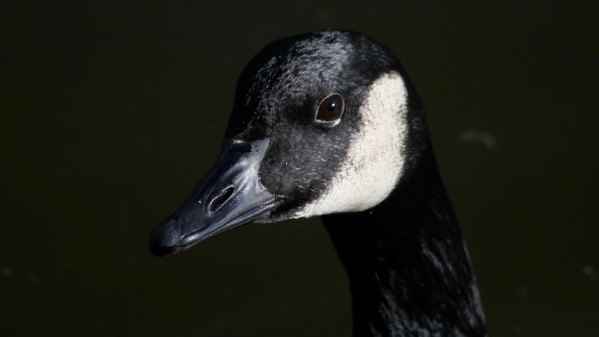
I went back to 2015 in the Great Photo Archive in The Cloud (GPATC), and found this lovely CanGoose image…since I took no (interesting) photographs today.
Posted at 7:49 PM |
Comments Off on Time travel: 2015













